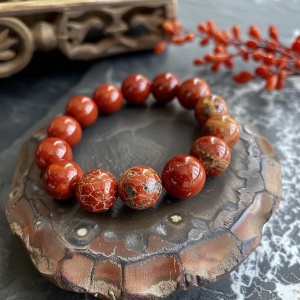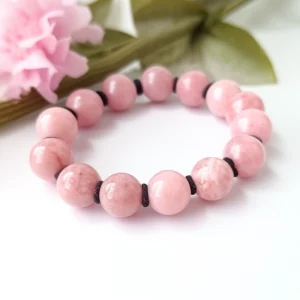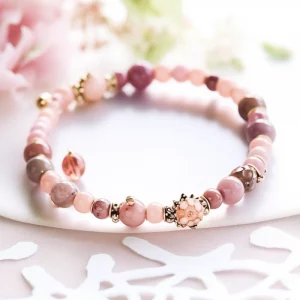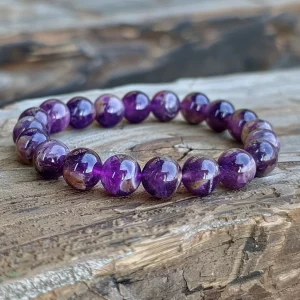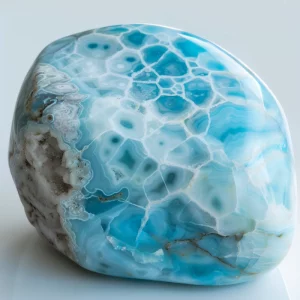Blue Sandstone Hardness is a highly sought-after gemstone known for its striking blue color and unique properties. In this article, we will explore the key aspects of Blue Sandstone, including its geological formation, physical characteristics, and various applications. Understanding the hardness of Blue Sandstone is crucial for gem enthusiasts, jewelers, and stone collectors alike.
Geological Formation and Background:
Blue Sandstone is a metamorphic rock formed through the combination of quartz and feldspar. Its beautiful blue hue is a result of the presence of impurities and mineral inclusions. The rock’s hardness rating is an essential factor when determining its durability and suitability for different purposes.
Blue Sandstone Physical Characteristics
Blue Sandstone is classified as a semi-precious gemstone and is known for its appealing brilliance and vibrant color. With a hardness rating of X on the Mohs scale, the stone is moderately hard, making it suitable for various jewelry designs such as rings, necklaces, and bracelets.
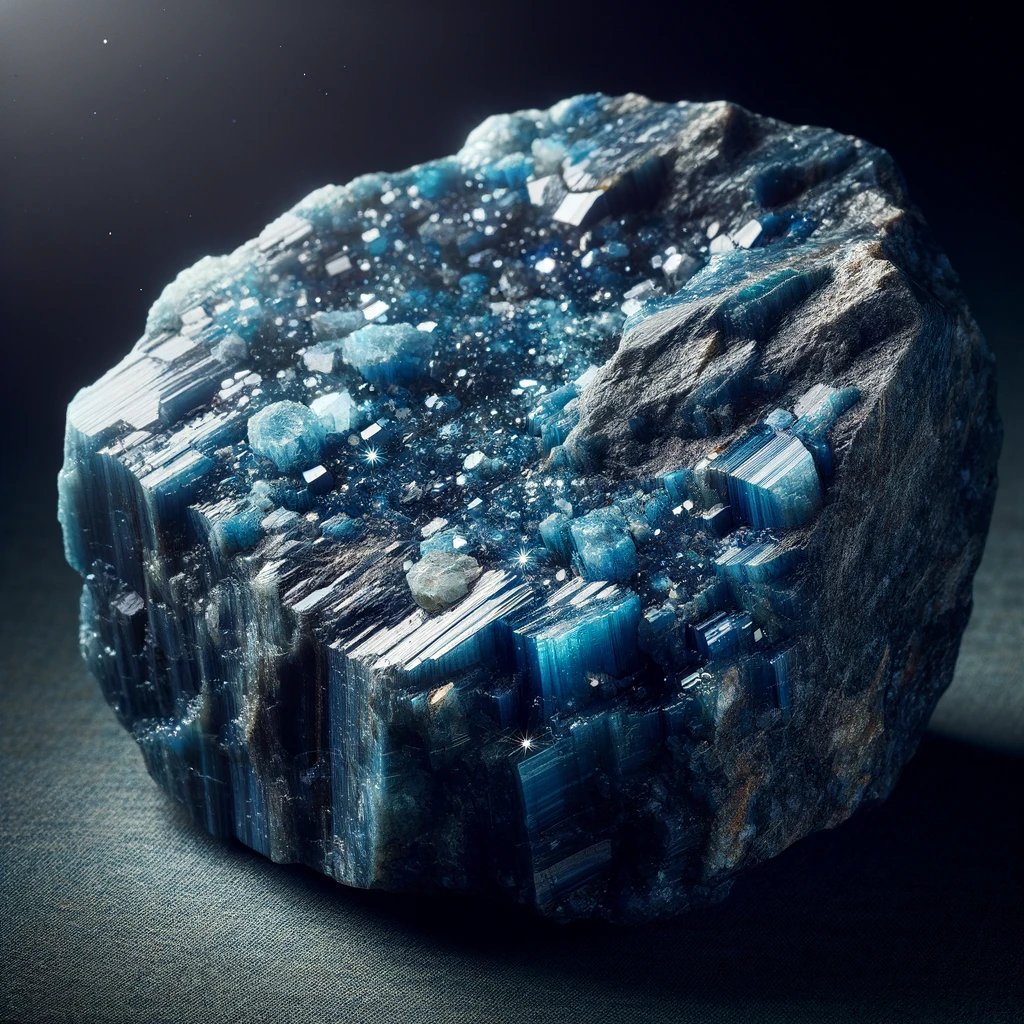
Applications and Usage
Due to its unique characteristics, Blue Sandstone has found its way into numerous industries. In the jewelry industry, it is crafted into exquisite accessories such as pendants and earrings. Its vibrant blue color provides a captivating allure that complements both casual and formal attire. Additionally, the stone is utilized in the production of decorative items, home furnishings, and even architectural projects.
Key Features of Blue Sandstone Hardness
- Moderate Hardness: Blue Sandstone’s hardness ensures its durability and resistance to scratches, making it an ideal choice for jewelry that withstands daily wear and tear.
- Vibrant Color Palette: The stone’s vivid blue color adds a touch of elegance and sophistication to any piece of jewelry or decorative item it is incorporated into.
- Versatile Applications: From personal adornment to home decor, Blue Sandstone offers a wide range of applications, making it highly versatile and adaptable.
- Symbolism and Astromineralogy: Blue Sandstone carries various symbolic meanings and is believed to bring luck, wealth, and success. Some also associate it with calming and soothing properties.
FAQ:
Q1: What are the primary characteristics of Blue Sandstone Hardness?
A1: Blue Sandstone exhibits a striking blue color, moderate hardness, and durability, making it ideal for both jewelry and decorative purposes.
Q2: How can I ensure the longevity of Blue Sandstone jewelry?
A2: To maintain the brilliance and luster of Blue Sandstone jewelry, it is advised to keep them away from harsh chemicals and extreme temperatures. Gentle cleaning using mild soap and warm water is recommended.
Q3: Are there any alternative gemstones that resemble Blue Sandstone?
A3: Although Blue Sandstone is unique in its appearance and properties, some gemstones like Lapis Lazuli and Turquoise exhibit similar blue coloration.
Conclusion
Blue Sandstone’s hardness, vibrant blue color, and versatile applications make it a highly desirable gemstone in various industries. Its unique properties and durability ensure its long-lasting charm and appeal. Whether as a piece of jewelry or a decorative item, Blue Sandstone adds elegance and sophistication to any setting. Embrace the beauty of Blue Sandstone and explore the endless possibilities it offers.
